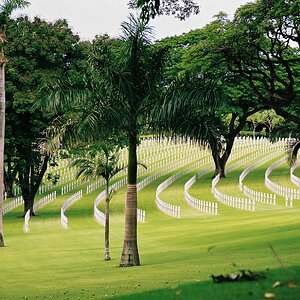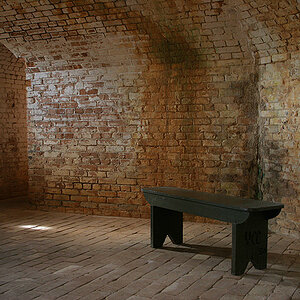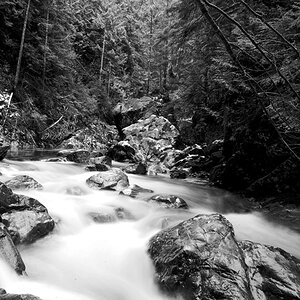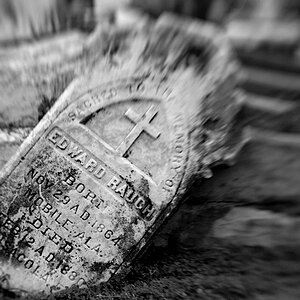Jamesaz
No longer a newbie, moving up!
- Joined
- Feb 18, 2013
- Messages
- 159
- Reaction score
- 30
- Location
- Phoenix,AZ.
- Website
- www.jameseastwood.com
- Can others edit my Photos
- Photos NOT OK to edit
I did some copy work recently and used FP-4. Developed in Tmax 1:4. It was 35mm but it came out fine. I used the same setup to make b/w negs from slides. Good luck





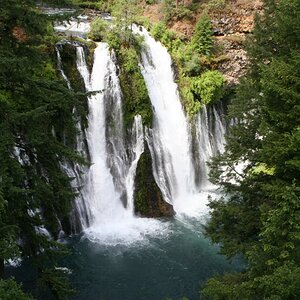


![[No title]](/data/xfmg/thumbnail/38/38750-dbafc867a1461ce200c2405640d537ec.jpg?1619738704)
